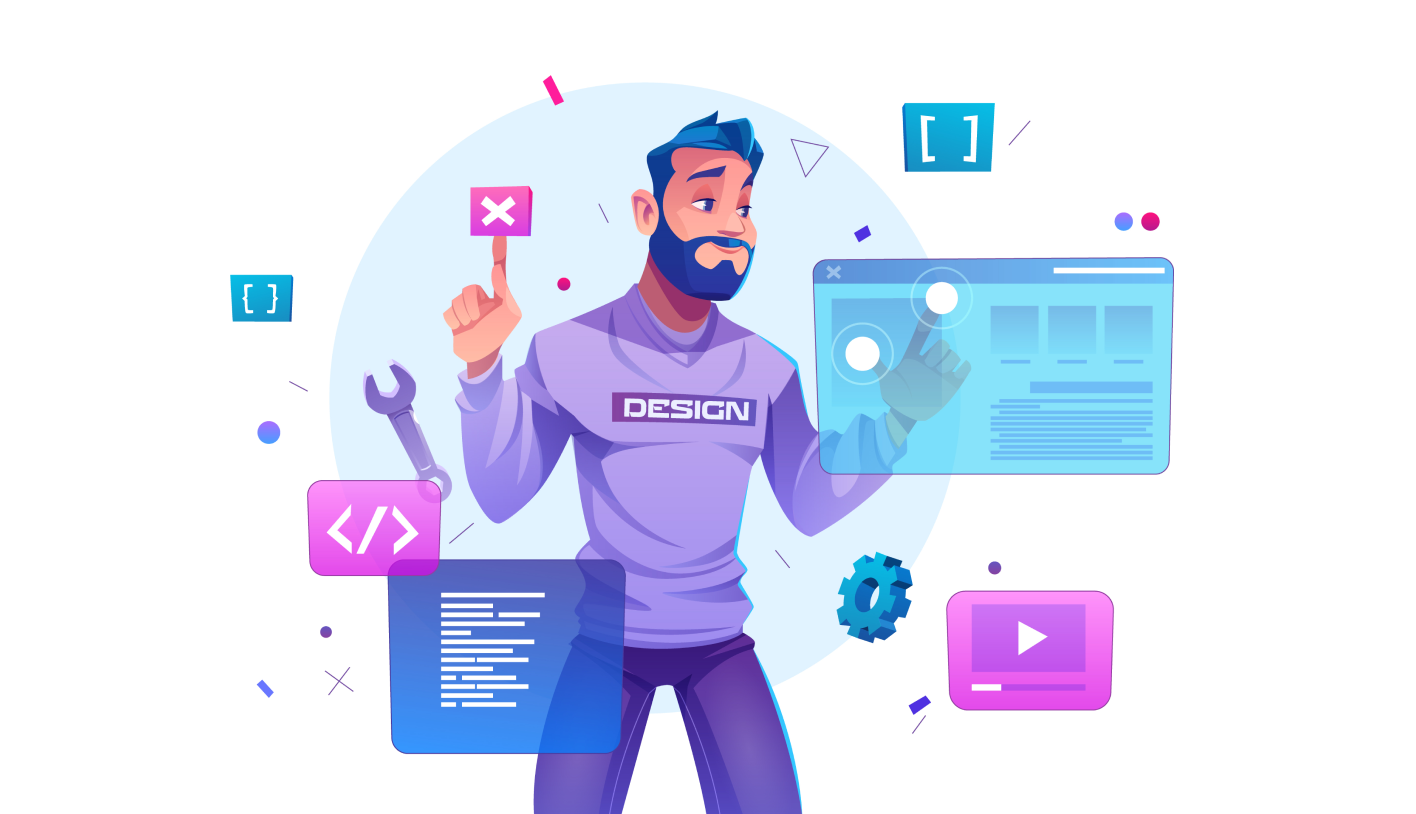Narrative is changing, and augmented reality (AR) has established itself as a notable and permanent addition to our storytelling toolkit.
Because of this, we are seeing a huge increase in the number of UX and UI designers who are developing their skills to incorporate immersive design.
Even for the most seasoned UX designer, the transition to AR design takes training. Understanding how users interact with augmented reality as a means of storytelling is integral to creating a successful project, but credible research and knowledge in this area is hard to find.
Based on our experience in creating augmented reality projects, we have compiled a list of several tips for attracting users and avoiding augmented reality-specific pitfalls, as well as tips on how to get started.
⠀⠀⠀
Use platforms
The days when you had to be a master of programming in order to create projects with augmented reality are in the past. There are more than a handful of such projects on the market, built for designers with ideas but no coding or skill.
Platforms like Web-AR.Studio are specially designed to save you time learning to code, allowing you to quickly create augmented reality projects.
⠀⠀⠀
Think about your user’s non-virtual reality
Always keep context in mind when thinking about how your user will interact with your AR project.
Answer the simplest questions, such as where users will view your content. One of the greatest charms of AR is that it’s built to work as part of our reality, so make sure you refer to what your users’ reality looks like.
We recommend that you take the time to consider the circumstances in which you might interact with this project.
Answer the questions:
- Will users have a stable Wi-Fi connection?
- How are they encouraged to scan and use your project?
- How much time do you think they will spend on your project?
⠀⠀⠀
Offer a new way of looking at things
One of the funniest and most interesting aspects of AR is its ability to take a fresh look at reality. When creating your project, there is plenty of room to think about how you can flip or improve an old perspective.
The more you are aware of the context in which your augmented reality appears, the more opportunities you have to take advantage of that context and offer a new way of looking at the world. Remember that you no longer think about how the graphics will look on the page or on the screen: you have to think about how the content will be positioned in the real world.
⠀⠀⠀
Engage your user
When it comes to on-screen user interface, your user will always see the options you provided to them; however, AR presents a unique challenge with the variable distance in digital space between the user (and their device) and the content they interact with.
As always, it’s important to preview, test, and replay your augmented reality project as you work through different situations to make sure your interface scales properly and works against the given real-world background.
⠀⠀⠀
Make sure you have a clear call to action
Simply put, without a clear, compelling and directional call to action (placed directly on the print sheet or packaging, or if you’re running AR content in an app, then clear instructions and guidelines should be inside the app itself), you simply won’t be able to get people to interact. and enjoy your beautifully crafted augmented reality content. Directly on the physical object or packaging, there should be conspicuous instructions informing the user that they are offering an extra layer of content that they are already viewing.
Augmented reality is all about immersion, and your project should reflect the level of thought you’ve put into the experience you want your users to have. What will impress them? What will make them move away from interacting with your project to share with friends and colleagues?
By putting yourself in the user’s shoes and thinking deeply about how they interact with your creation, you can present a unique and special moment that will make your design memorable.
⠀⠀⠀
Conclusion
So there you have it, simple yet effective ways to improve your augmented reality experience. If you read these examples correctly, you should be on your way to creating fun, memorable and impressive augmented reality that not only pushes the boundaries of design, but also produces rewarding results.
